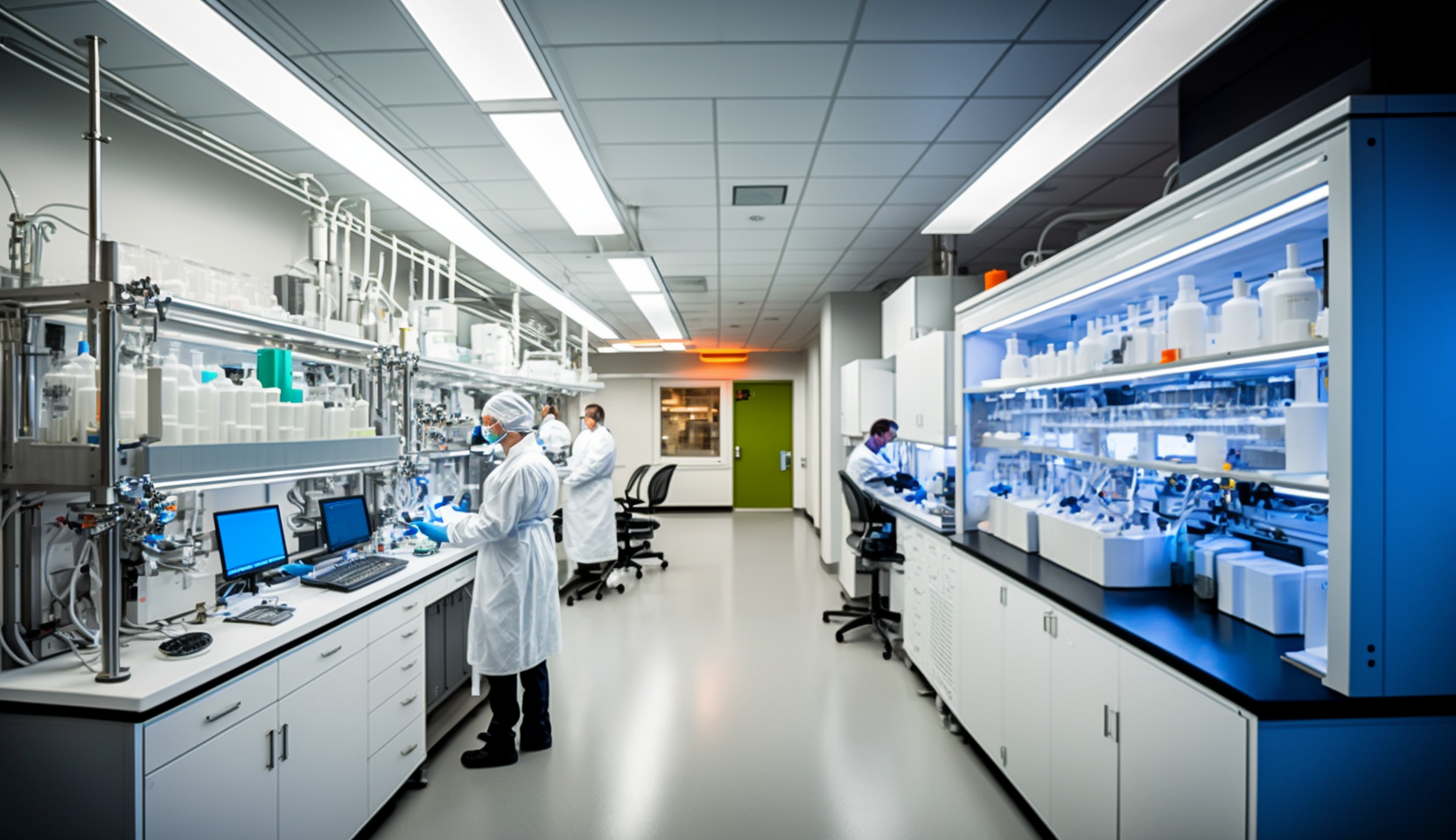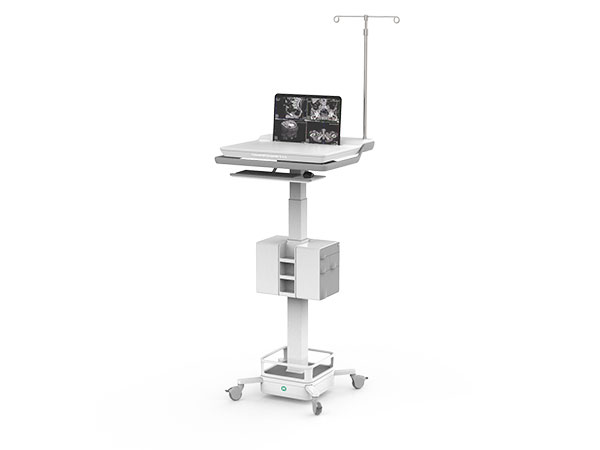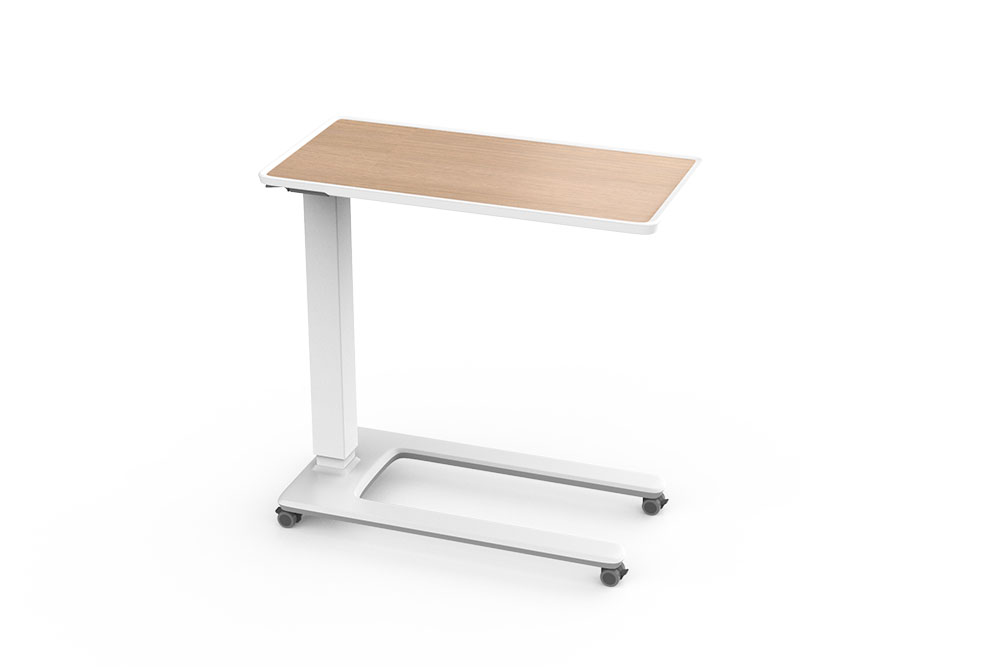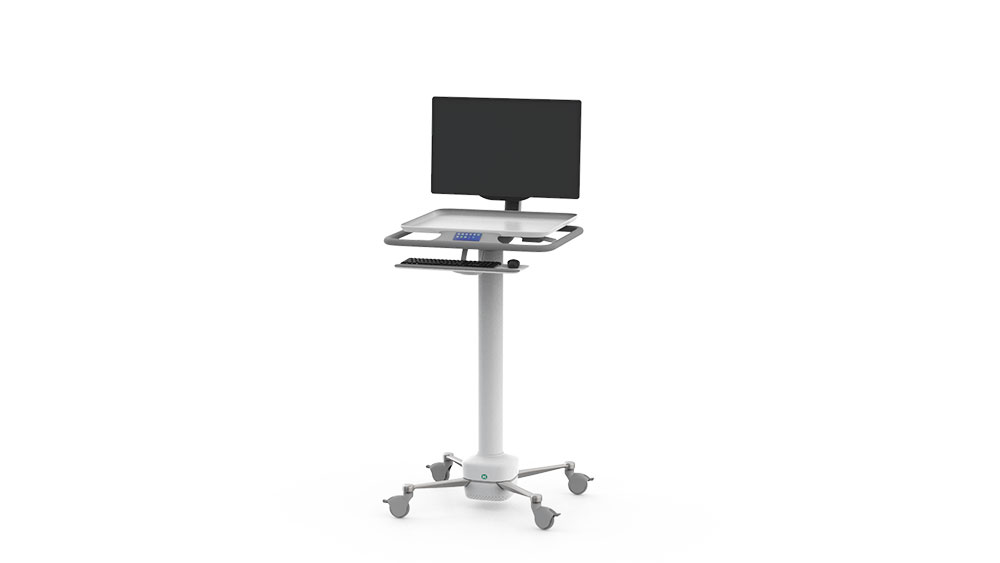In today’s fast-paced world, healthcare professionals are essential to our well-being. However, the demanding nature of their roles can often lead to physical and mental fatigue. To combat these challenges, the healthcare industry is increasingly adopting specialized ergonomic solutions to rejuvenate work environments. This article explores how these ergonomic advancements are transforming healthcare settings, uplifting healthcare workers, and ultimately, elevating patient care.
Table of Contents
The Significance of Ergonomics in Healthcare
Understanding Ergonomics in the Healthcare Context
Benefits of Specialized Ergonomic Solutions for Healthcare Professionals
The Impact of Ergonomics on Patient Care
Innovative Ergonomic Solutions
Overcoming Challenges in Implementing Ergonomic Solutions
Case Studies: Successful Integration of Ergonomic Solutions
The Future of Ergonomics in Healthcare
A Healthier Future for Healthcare Workers
The Significance of Ergonomics in Healthcare
Healthcare professionals, from nurses to administrative staff, endure long hours that can adversely affect their well-being. Ergonomics, the science of designing and arranging objects to enhance human interaction and productivity, offers tailored solutions such as height-adjustable workstations to significantly mitigate these challenges.
Understanding Ergonomics in the Healthcare Context
Ergonomics in healthcare involves crafting work environments and equipment that adapt seamlessly to the natural movements and needs of healthcare workers. It focuses on optimizing tasks, equipment, and the workplace to reduce the risk of injuries and enhance overall comfort. By aligning the workspace with the physical demands of healthcare roles, ergonomic solutions create an environment where professionals can work efficiently while minimizing the strain on their bodies.
Benefits of Ergonomics for Healthcare Professionals
In addition to the benefits mentioned earlier, ergonomic solutions in healthcare lead to a positive domino effect. Reduced physical strain not only contributes to fewer musculoskeletal disorders but also fosters a sense of well-being among healthcare workers, allowing them to bring their best selves to patient care. Enhanced comfort and efficiency translate into not only improved patient care but also a more satisfied and motivated healthcare workforce.
The Impact of Ergonomics on Patient Care
Beyond its direct benefits to healthcare professionals, ergonomics indirectly elevates the quality of patient care. When healthcare workers are comfortable and free from physical strain, they can focus more effectively on patient care. This not only results in improved patient outcomes but also reduces the likelihood of medical errors, leading to higher patient satisfaction levels.
Innovative Ergonomic Solutions
Ergonomic Workstations have become a game-changer in healthcare settings. These modern facilities incorporate adjustable workstations that can seamlessly accommodate both sitting and standing positions, allowing healthcare professionals to switch postures as needed. This adaptability aligns with the dynamic nature of their work, ensuring they remain comfortable and agile throughout their shifts.
Ergonomic Seating – Specialized ergonomic chairs provide proper support and promote healthy posture, reducing the risk of back pain.
Height-Adjustable Equipment – From examination tables to healthcare technology carts, adjustable height equipment ensures that healthcare professionals can work comfortably regardless of their stature.
Overcoming Challenges in Implementing Ergonomics
Implementing ergonomic changes in healthcare settings can pose challenges due to budget constraints and resistance to change. However, the long-term benefits far outweigh the initial investment. Investing in ergonomic solutions is an investment in the well-being of healthcare workers and the quality of patient care, making it a strategic decision that pays dividends over time.
Case Studies: Successful Ergonomic Integration
Several healthcare institutions have successfully implemented ergonomic solutions, witnessing a positive impact on the well-being of their staff and the quality of patient care. According to a study published in the journal “Work” (2012), ergonomic interventions significantly reduced musculoskeletal disorders among healthcare professionals. This demonstrates the effectiveness of ergonomic solutions in healthcare settings, enhancing both staff comfort and patient care quality, thereby fostering a harmonious and efficient healthcare ecosystem.
The Future of Ergonomics in Healthcare
As technology continues to advance, we can anticipate even more innovative ergonomic solutions tailored to the unique needs of healthcare professionals. The future holds the promise of healthier and happier healthcare work environments. These advancements will not only address existing challenges but also introduce new possibilities, ensuring that healthcare workers can perform their vital roles with even greater ease and effectiveness, ultimately benefiting both caregivers and patients alike.
A Healthier Future for Healthcare Workers
Ergonomic innovations are revolutionizing healthcare work environments, ensuring that healthcare professionals can perform their duties comfortably and safely. By prioritizing ergonomics, we are not only revitalizing healthcare workspaces but also enhancing the quality of care patients receive.










